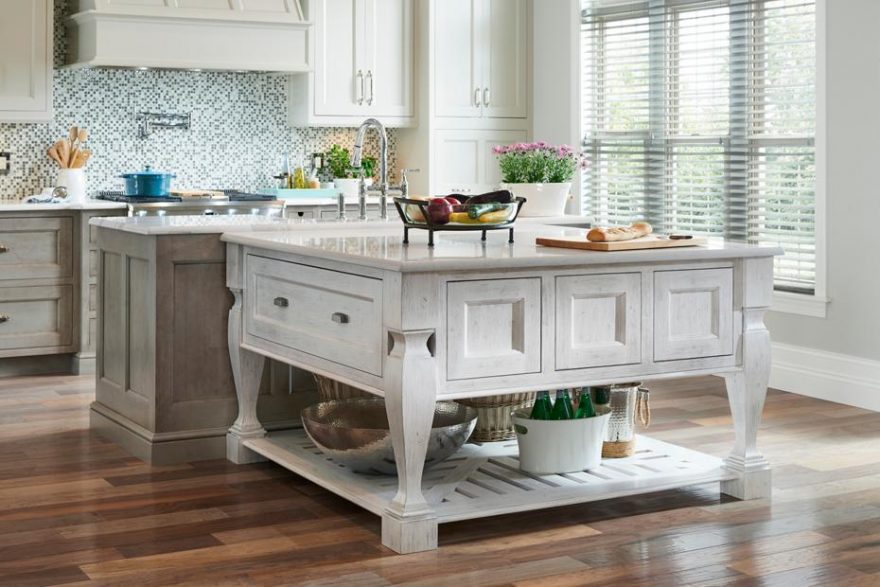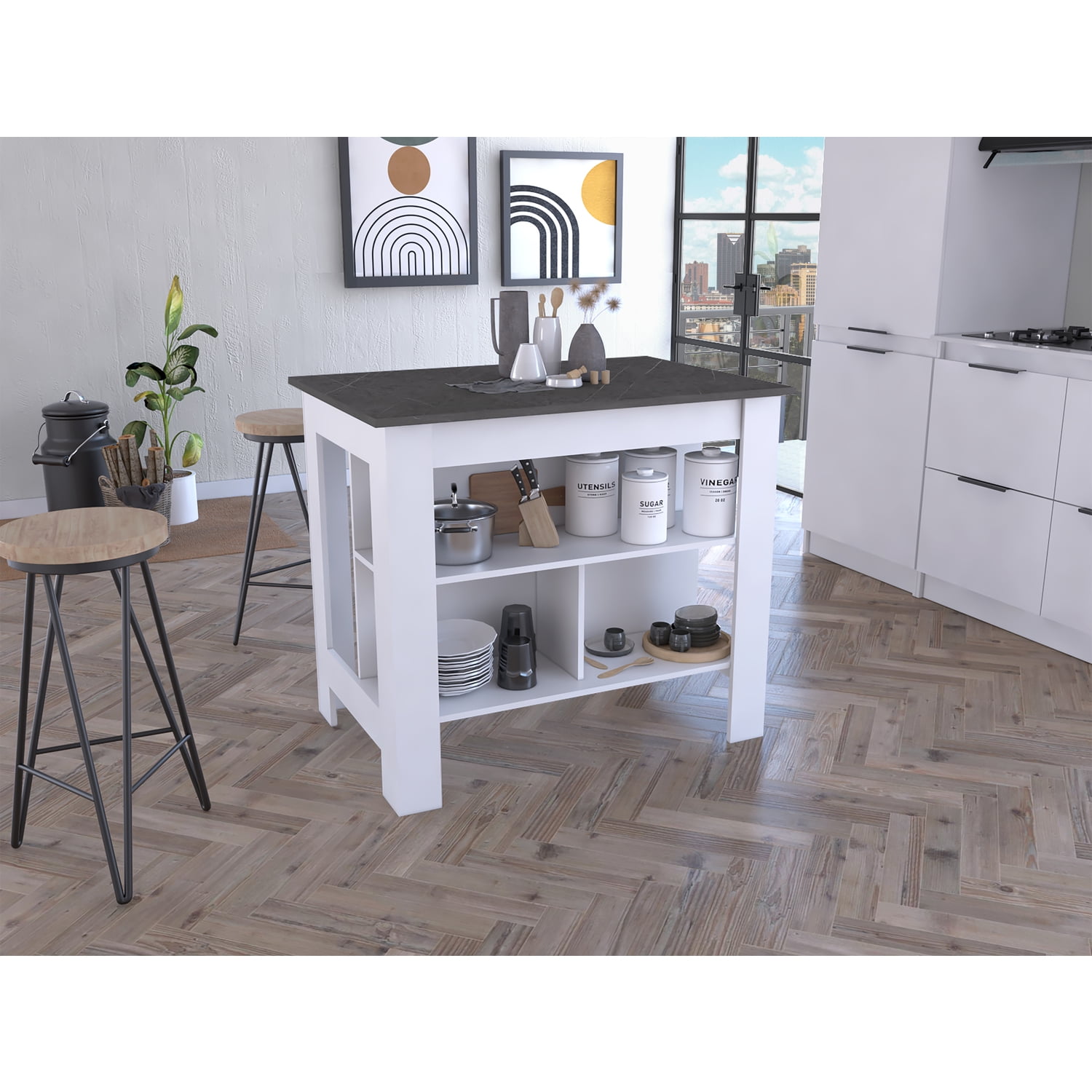Take Full Advantage Of Adaptability with Adjustable Legs For Kitchen Island Functions
Take Full Advantage Of Adaptability with Adjustable Legs For Kitchen Island Functions
Blog Article
Trick Considerations for Locating the Best Legs For Cooking Area Island for Your Layout
When picking the ideal legs for your kitchen island, several key factors to consider come right into play that can substantially influence both capability and looks. The selection of material, style, and height need to line up with your general cooking area style to guarantee an unified appearance. Additionally, security and maintenance demands are crucial for long-term use and simplicity of care. Comprehending these variables can improve your kitchen's functionality and aesthetic charm, yet the nuances of each consideration can often be overlooked. What effects might these options have on your cooking area's general atmosphere?
Determine Your Design Choice
Determining your style preference is vital when picking the perfect legs for your cooking area island. The legs of your cooking area island not just offer a functional purpose yet also contribute substantially to the total visual of the area. Determining your design style-- be it contemporary, rustic, traditional, or industrial-- is vital.
For a contemporary kitchen, take into consideration smooth, minimalistic legs that match tidy lines and open areas. On the other hand, a rustic setting might gain from more durable, farmhouse-style legs constructed from recovered products. Conventional cooking areas frequently favor turned or ornate legs, which can include a touch of elegance and sophistication. A commercial aesthetic may call for metal legs that emphasize a raw, incomplete look.
Additionally, think about the elevation and percentage of the legs in relation to the island's surface. Eventually, your style preference will affect not only the option of legs but also the general harmony of your cooking area's style.
Choose the Right Material
Picking the right material for your kitchen area island legs is crucial in making sure both sturdiness and visual charm. Different products offer distinct benefits, and the selection often shows your layout preferences and useful demands.
Wood is a preferred choice, offering heat and flexibility. It can be tarnished or painted to match your kitchen design, making it adaptable to different styles, from rustic to contemporary. Nonetheless, timber may call for normal maintenance to maintain its look and integrity.

If you seek a special touch, think about acrylic or glass products. They can develop an impression of area and agility in your kitchen area, making them an exceptional choice for smaller sized locations - Legs For Kitchen Island. However, these options may require careful handling and upkeep to avoid scrapes.
Ultimately, the material you choose need to straighten with your kitchen's general design, ensuring that the legs offer both functional and attractive objectives.
Consider Elevation and Proportions
When creating a kitchen island, height and percentages play a vital duty in making sure performance and convenience,. The typical height for a kitchen area island typically varies from 36 to 42 inches, aligning with conventional counter heights or bar heights, respectively. This dimension is essential for integrating with bordering stools and kitchen counters, allowing convenience of use during dish preparation and social interactions.
In addition, the island's proportions need to complement the general kitchen design. Consider the proportion in between the island's width and size, ensuring it supplies sufficient surface area without crowding the kitchen.
Additionally, the height of the legs or base can influence the visual charm and performance. Taller legs might offer a much more modern-day, ventilated feeling, while shorter ones can stimulate a conventional, grounded appearance. Inevitably, thoroughly considering elevation and proportions will result in a cooking area island that is both visually enticing and functionally efficient, boosting the total style of the room.
Assess Security and Longevity
A kitchen island's legs should not just match its height and proportions but also give ample stability and resilience to support day-to-day tasks. The legs are important to the total performance of the Learn More island, as they birth the weight of the countertop and any added loads, such as home appliances or cooking jobs.
When examining security, it is crucial additional hints to think about the leg design and product. Strong steel or solid hardwood legs often offer remarkable stamina compared to lighter products like crafted timber or plastic. Additionally, a wider base can improve stability, lowering the danger of tottering or tipping throughout use.
Sturdiness is similarly crucial; the legs ought to stand up to wear and tear from everyday use. Consider coatings that shield versus scrapes, damages, and wetness, especially in a kitchen setting. Review the quality of construction, such as joints and fastenings, which can substantially impact the legs' lasting performance.
Inevitably, purchasing well-crafted legs that prioritize stability and toughness will certainly ensure your kitchen area island continues to be a reputable work space for several years ahead, enhancing your culinary experiences while preserving aesthetic charm.
Consider Maintenance and Treatment
Maintenance and treatment are crucial factors to consider for guaranteeing the long life and efficiency of kitchen area island legs. When selecting legs, it is important to examine the products used, as various alternatives call for differing degrees of maintenance. Wooden legs may need periodic refinishing or securing to prevent wetness damage and scratches, while metal legs may need routine brightening to keep their shine and stop corrosion.
In addition, the finish put on the legs can influence upkeep demands. A high-gloss finishing may be easier to clean yet might reveal fingerprints and scrapes quicker than a matte surface. It is recommended to pick materials and surfaces that enhance your way of life; for example, if you often organize gatherings, select durable products that can hold up against damage.
In addition, take into consideration the cleaning procedure associated with keeping these legs. Smooth surface areas usually require minimal initiative, while elaborate layouts may build up dirt and crud, requiring even more labor-intensive cleaning approaches. Legs For click to read more Kitchen Island. Inevitably, considering the upkeep and treatment needed for your picked kitchen area island legs will certainly not only enhance their visual appeal yet additionally ensure their practical integrity over time
Verdict
Finally, picking the ideal legs for a kitchen area island necessitates cautious consideration of various aspects, including layout style, product choice, stability, maintenance, and height. Each element plays a critical role in ensuring that the legs not just improve the aesthetic charm of the cooking area but also give the essential assistance and toughness for day-to-day use. An educated choice will ultimately add to a useful and aesthetically pleasing kitchen area atmosphere.
The legs of your kitchen island not only offer a useful objective however additionally add significantly to the total aesthetic of the room.Upkeep and treatment are important factors to consider for ensuring the durability and performance of cooking area island legs. Wooden legs might require periodic refinishing or securing to protect against dampness damage and scrapes, while metal legs may need routine brightening to keep their shine and protect against corrosion.
Eventually, factoring in the upkeep and treatment required for your picked kitchen area island legs will not only improve their visual charm however likewise guarantee their practical stability over time.

Report this page